After spending two days in Taipei, I took a two-hour, high-speed train ride to Hualien, a scenic city on the island’s east coast. It’s a haven for adventurous tourists who like to hike and bike in nearby Taroko National Park. The area is also a popular spot for whale watching, hot-air balloons, rafting and river tracing, where you navigate a waterway by walking, climbing and swimming.
Next to me on the train was a recently married couple traveling to Hualien to visit the wife’s family for Mother’s Day. They personified the kind of young adults I kept meeting in Taiwan: educated, well-traveled professionals who spoke English and knew a lot about Western culture.
Mark is an engineer for Ford Motor Co., and Bella is a manager for China Airlines. They each have a brother who is an engineer and a sister who is a nurse. Bella has visited the U.S., Italy, Germany, Japan, Thailand and China, while Mark has been to Hong Kong and Japan. Like most Taiwanese, they view mainland China as a separate world that has little in common with their country despite a common heritage.
“We speak the same language,’’ Mark said, “but our lives are very different.’’
I was met at the Hualien train station by my guide, Mr. Wang, a white-haired, 61-year-old taxi driver who wore a baseball cap and sunglasses. Speaking in heavily accented English, he told me his father was a soldier for Chiang Kai-shek’s nationalist army during the civil war against Mao’s Communists. When the Communists won in 1949, his father moved to Taiwan, where Mr. Wang was born and raised.
We drove about an hour north to Qingshui Cliffs, a 13-mile stretch of breathtaking bluffs that drop straight into the turquoise ocean. Although it was a sunny day, the beaches we passed were empty. Mr. Wang explained that strong undertows made it dangerous to swim in the area, but he said there were popular beaches south of Hualien.
***
We then took a short ride to Taroko National Park, a natural wonderland of hiking trails, grottos, waterfalls, canyons and parks.
Our first stop was the Eternal Spring Shrine, a mountainside temple built to honor the 226 military veterans who died building Taiwan’s first cross-island highway through treacherous cliffs and other natural obstacles in the late 1950s. Mr. Wang said most of them were killed by tumbling rocks or by falling from the mountain.
I crossed a red bridge and walked up to the shrine, which sits atop a waterfall and contains a plaque listing the names of the dead workers. Higher up on the mountain is a bell tower that can also be reached via a trail. “Only the young people walk up there,’’ Mr. Wang said, clearly letting me know that I did not fit in that category.
Reminders of death are omnipresent here. We later passed a bridge named for its chief engineer, who was killed during an earthquake-triggered landslide in 1957. Mr. Wang also said one of the trails was closed several years ago after two tourists were killed by falling rocks. In fact, I had to wear a park-issued miner’s helmet to walk through one tunnel, which was lined with huge boulders covered with metal grating to prevent them from coming loose.
***
Our final stop was Baiyang Trail, an arduous hike that passes through seven dark, wet tunnels that have to be traversed with flashlights. The walking path is lined with steep canyons, speedy streams and majestic waterfalls that look like picture postcards.
At the end of the trail is the Water Curtain, crystal-clear cold water that cascades from the roof of a tunnel and soaks tourists who walk past it in raincoats and bare feet. It makes a roaring sound, adding to the eerie atmosphere inside a tunnel that is lit only by the glow of the deluge and the flashlights.
According to a park sign, the Water Curtain was formed during the construction of the tunnel. Workers punctured an aquifer, causing spring water to gush from the roof. The constant flow has loosened the tunnel’s rocks, making it a dangerous place to linger.
On the way back to Hualien we stopped at Qixingtan Beach, where families were strolling on the pebble-covered sand and sitting on large marble slabs overlooking the ocean. (Hualien is a major marble producer.) We listened to an aboriginal man with a rainbow-colored headband and a waist-length ponytail play guitar and sing traditional Taiwanese songs.
Before dropping me off at the train station, Mr. Wang introduced me to a street-food delicacy – a fried egg wrapped in seasoned dough. He said only two vendors in Hualien sold this treat, making me an honorary local.
***
When I arrived back at Solo Singer, I met a couple from Singapore who had just finished a three-month stint living in Hualien. They took a sabbatical from their jobs and moved to Taiwan so their two young children, who already speak German and English, could learn Chinese in a comfortable setting.
Most kids have a sponge-like ability to soak up languages. When you get older, however, it’s not so easy. I’ve been trying to learn Chinese for nine months now, and I still struggle to put together two sentences. Pat says I often act like a child. I just wish I could learn like one.
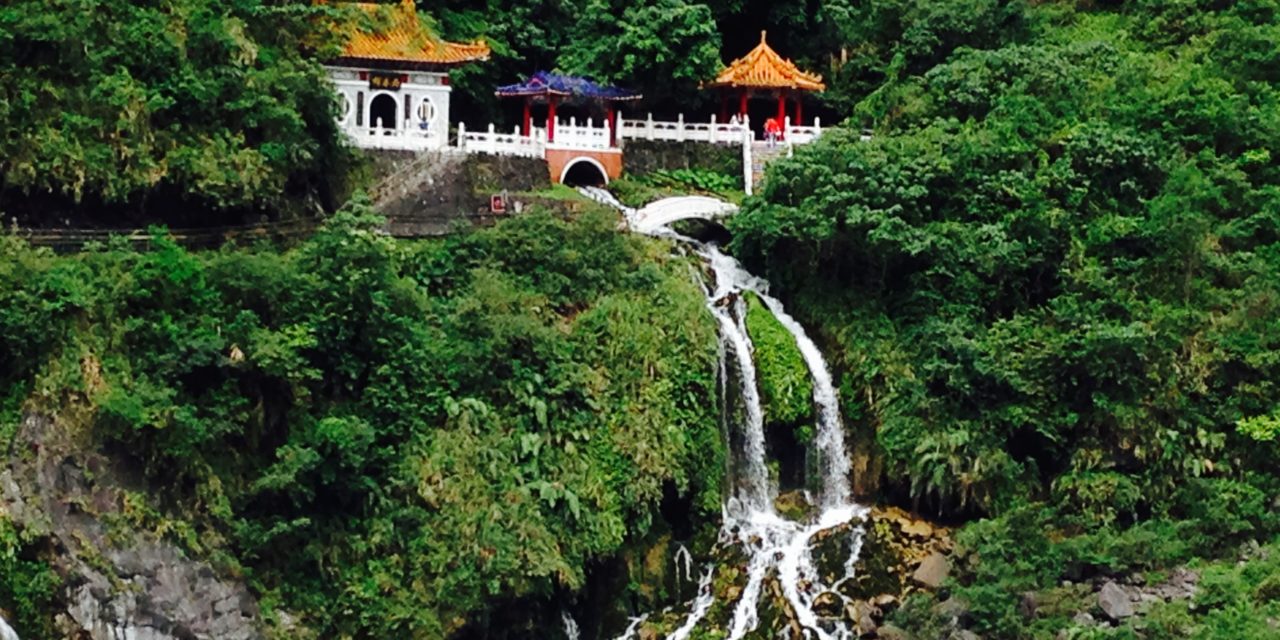
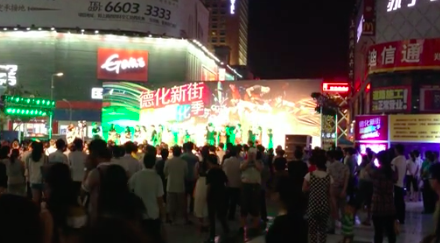
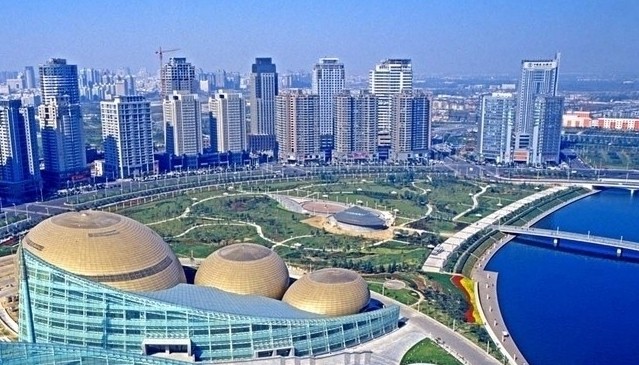
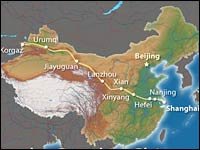
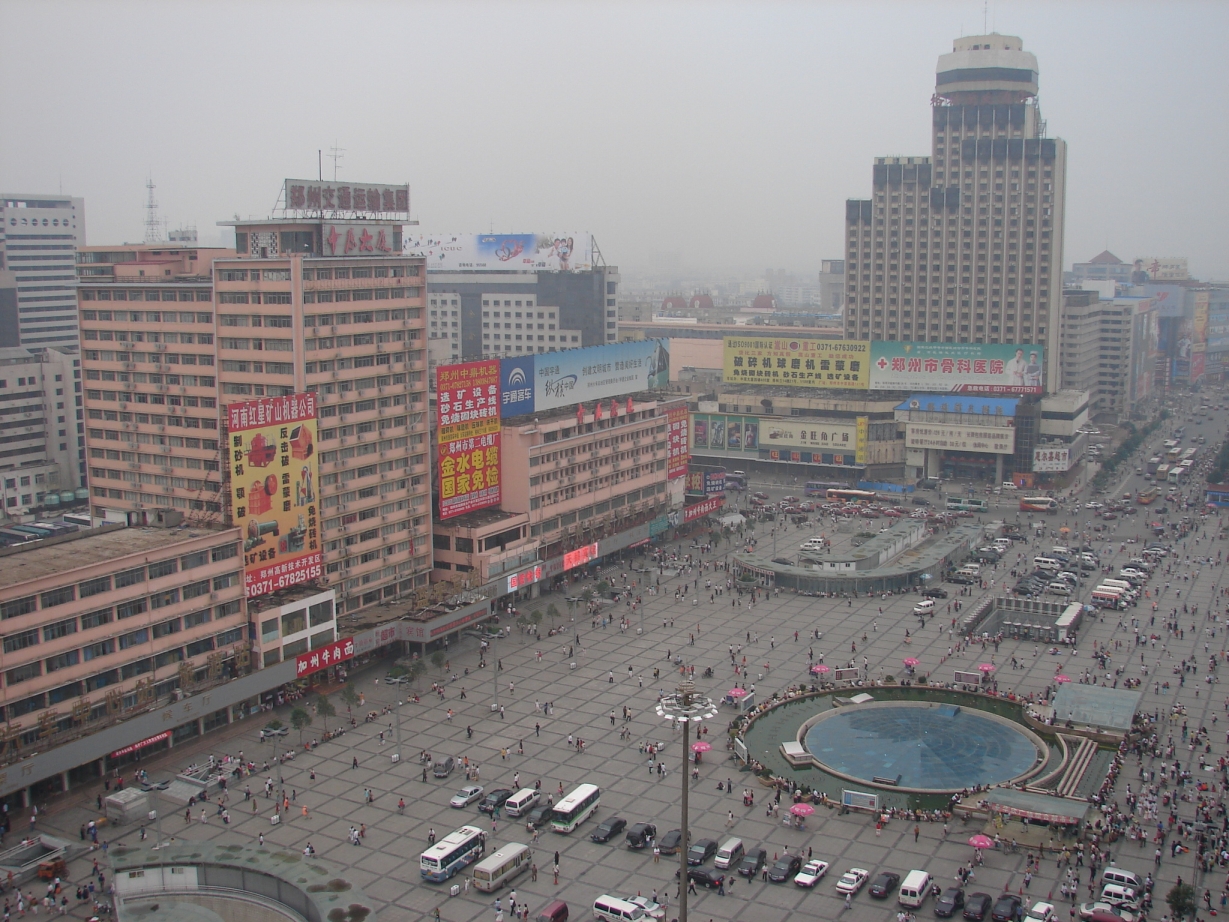
Hi Rick,
This is Mark and Bella whom you met on the train when you headed to Hualien, Taiwan.
Amazing you have completed exploring Formosa which is the Portuguese historical name for Taiwan island. Hope you have full of wonderful memories while leaving Taiwan.
After reading your diary, we are glad you treat yourself as a local since you have tasted the traditional food which we almost forget to recommend you on the train. From the article, it also looks like you enjoyed the trip to one of most beautiful place of Taiwan. We are sure it is not enough time for you to travel Taiwan in just a couple of days, therefore, we hope you could have a another chance for visiting Taiwan again. Please do not hesitate to contact us when you plan to visit Taiwan next Time, thanks.